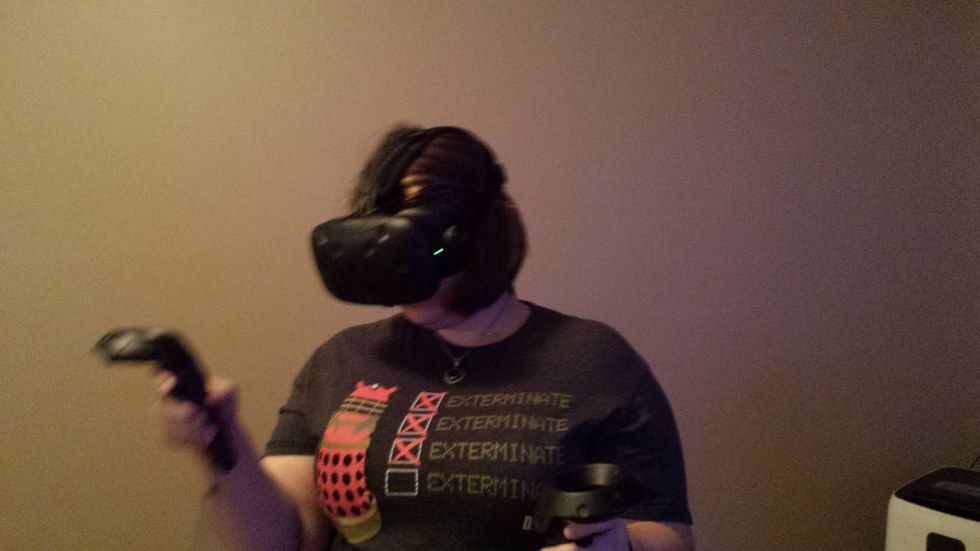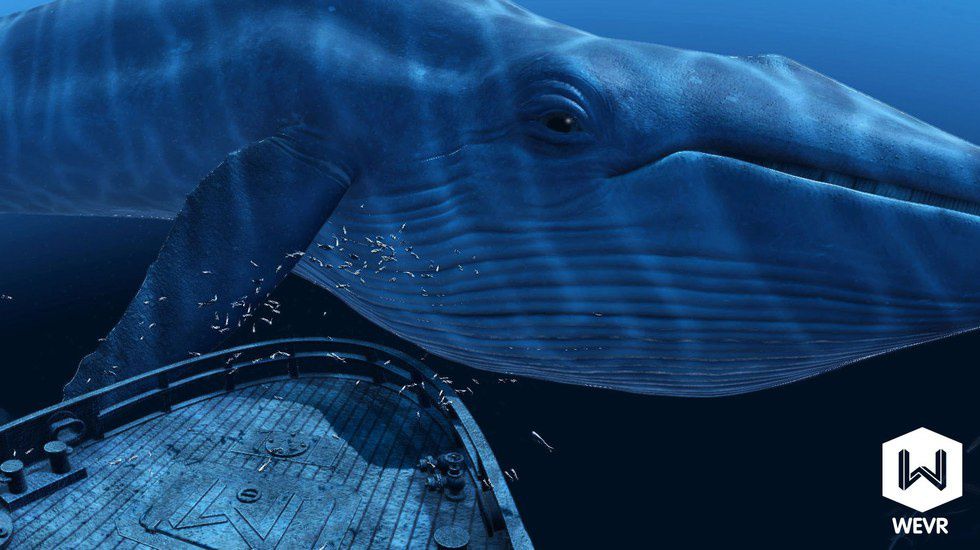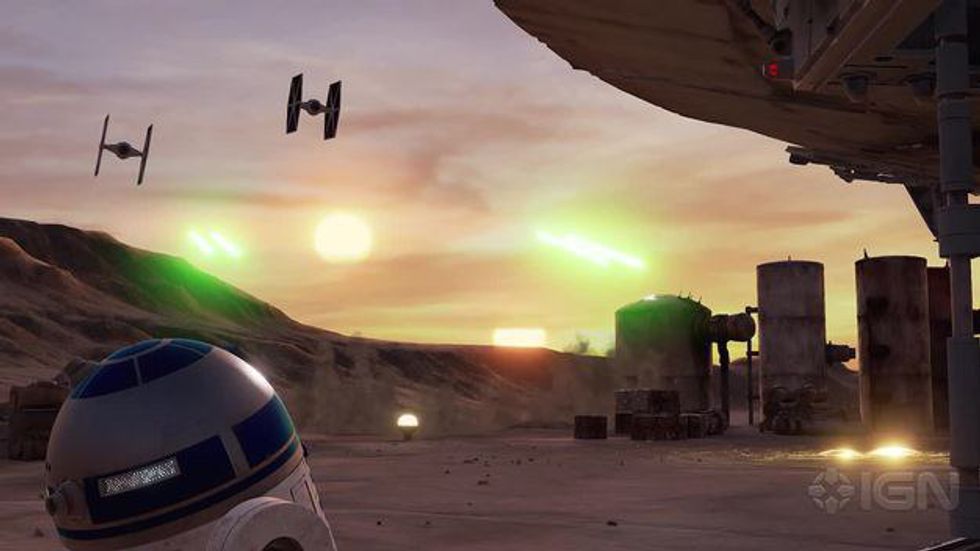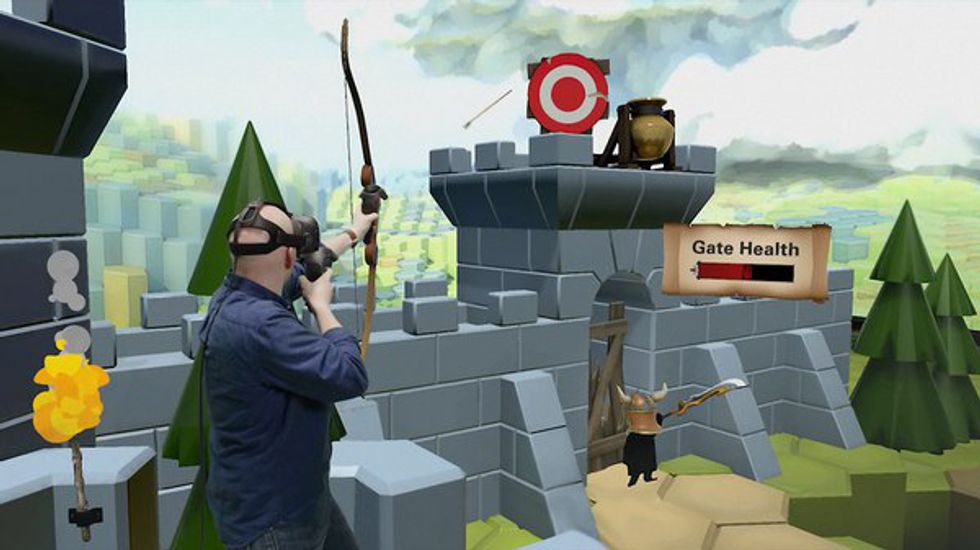Virtual reality is a fascinating technology on the cusp of practicality.
With the release of the original Oculus Rift Development Kit 1, the world saw a glimpse of potentially revolutionary piece of technology. Prior to this, virtual reality (VR) was not a popular, realistic endeavor. It was the stuff of science fiction.
However, in the past few years, rapid VR innovation and advancement has grabbed the attention of both the public and business firms. Big name companies like Google, Microsoft, Sony, HTC and Samsung have invested into the VR industry and have begun creating their own VR headsets. These companies see potential in this type of technology outside of the niche gaming industry where VR technology began.
To me, this technology appeared cool, abstract and not the least bit practical. But that was before I had experienced VR in action.
Last week, I had the opportunity to test out the new HTC Vive VR system. At first, I didn't see what all the fuss was about. It took me a while to get used to using the bulky headset, the somewhat limiting cords, the strange controls and the odd movements. One of the most jarring parts of the system is not being able to see your physical self. I would look down and not see myself. I couldn't see my hands, body or feet. I could only see the outlines of the foreign controls and boundary lines of the room below me.
(Me trying out the Vive for the first time)
But the moment I was fully emerged, it became a mind blowing experience. Suddenly, I was there. I wasn't standing in a room with a headset awkwardly walking around. No. I was an explorer, touring the depths of the ocean and watching sea life just feet away from me. I was a Jedi padawan, battling Storm Troopers with the help of Han Solo and R2-D2. I was an archer, fighting off hoards of enemies invading out castle. I realized that I could be anything in VR.
One of my most incredible experiences with the HTC Vive was with the Google App Tilt Brush. In that program, you can draw and design art in 3D. You can walk around your art as you make it and become a part of it. With so many brush effects and a starry dark background, it felt like I wasn't even corporeal.
It's easy to forget about the outside world when you're wearing the VR headset. That is, until you walk straight into a wall – a definite hazard of VR headsets. That was not my finest hour. Afterwards, I experienced some dizziness and a small amount of nausea, which, I have been told, lessens the more you use the VR system. It became mildly difficult to distinguish the magic VR world I had become a part of and the real world in which I rationally knew I exist in.
Overall, it was an amazing experience. I feel like it's a technology that you can't describe to someone simply. It's something that needs to be experienced first-hand. Nothing can prepare you for experiencing it yourself.
I've also seen so many potential uses for it outside the realm of gaming and entertainment. Imagine being a realtor showing properties to potential buyers virtually. Rather than just compiling pictures and showing them a "virtual tour" with a computer, you could give them an actual tour and make them feel like they were there experiencing it. This would be revolutionary. Imagine true virtual classrooms, field trips, conference meetings, 3D presentations and 3D designing. The possibilities are endless. VR technology has the potential to change how people work and interact with technology.
We all made fun of Google for their "Google Glasses" back in 2013 because it seemed ridiculous. However, I can see that type of technology becoming standard in 20 years as it develops. Right now, it's a race to see who will be the first to miniaturize VR systems and apply it to other applications besides entertainment. VR technology has the potential to become a permanent part of our lives.

























